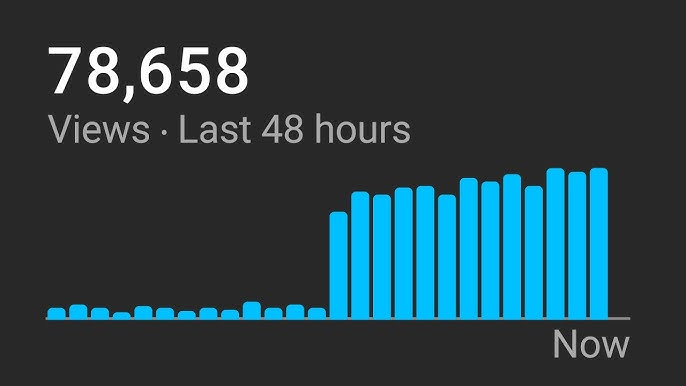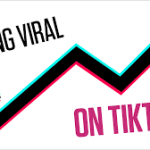Did you know that the category you choose for your YouTube videos could determine whether they gain traction or flop? Many creators overlook a crucial setting before publishing—one that impacts who sees your content and how many subscribers you gain. By the end of this guide, you’ll discover seven common upload mistakes that are limiting your reach—and how to fix them to skyrocket your growth.
I’ve helped creators gain hundreds of thousands of subscribers, and if you make these changes, you can experience similar results. Let’s dive in.
Mistake #1: Choosing the Wrong Video Category
If you scroll down in YouTube’s upload settings, you’ll see an option to select a category. This small detail drastically affects how YouTube classifies your content and who it’s recommended to.
For example, if your video is about “How to Go Viral on Instagram Reels,” you should choose a relevant category like Education rather than something unrelated like Entertainment.
If you’re unsure which category to select, you can even take a screenshot of your upload page and ask an AI tool like ChatGPT, “Which category best fits this video based on the title and description?” This ensures that your content reaches the right audience.
Additionally, refine the Type selection—for example, a tutorial video should be labeled as “How-to.” These small tweaks improve YouTube’s ability to push your content to viewers who are interested in it.
Mistake #2: Misusing the Subscription Feed Setting
Under your upload settings, there’s an option labeled Publish to subscriptions feed and notify subscribers. While it might seem like a no-brainer to keep this checked, it can actually work against you if your subscribers are from a different niche.
When you notify subscribers who aren’t interested in a particular video, they might ignore it—signaling to YouTube that your content isn’t engaging. To fix this:
- Uncheck this setting if you suspect the wrong audience is seeing your content.
- While this may temporarily reduce initial views, it increases long-term visibility by allowing YouTube’s algorithm to find the right audience.
Mistake #3: Poor Metadata Optimization
Metadata includes your title, description, tags, and transcript—all of which tell YouTube what your video is about. If your target keyword isn’t consistently present in all four places, YouTube may struggle to categorize your content correctly.
For instance, if your goal is to rank for “How to Go Viral on Instagram Reels,” make sure:
- The exact phrase appears in your title.
- It’s included in the first few lines of your description.
- It appears multiple times in your video transcript.
- You use relevant tags that match popular searches.
Using tools like VidIQ can make this process easier by suggesting optimized titles, descriptions, and tags.
Mistake #4: Neglecting Search Preview Analysis
Before publishing, use tools like VidIQ to preview how your video appears in search results. Compare it to competitor videos to see:
- Does your thumbnail stand out?
- Is your title more compelling?
- Does your video length match the most successful videos in your niche?
If your video doesn’t outperform competitors in these areas, tweak it before publishing.
Mistake #5: Skipping End Screens
An end screen is one of the easiest ways to boost your watch time. By linking to another video in the last 20 seconds, you encourage viewers to continue watching your content—signaling to YouTube that your channel keeps people engaged.
For example, if a video on Instagram growth is performing well, link to another related video. This doubles or triples your views overnight and improves your chances of getting recommended to more users.
Mistake #6: Poorly Optimized Descriptions and Pinned Comments
Look at successful creators like Iman Gadzhi—his description’s first line always directs viewers to another video. You should:
- Start your description with a call-to-action (e.g., “Watch this next: [link]”).
- Pin a comment with another video suggestion or a reason to subscribe.
- Use auto-subscribe links to grow your audience faster.
Viewers often need direction on what to do next, and these simple changes keep them engaged with your content longer.
Mistake #7: Choosing the Wrong Video Length
The ideal video length depends on what’s already working in your niche. To find the sweet spot:
- Use YouTube analytics to see how long successful videos in your category are.
- Adjust your video’s length accordingly.
For example, if trending videos on “How to Go Viral on Instagram” are 9-13 minutes long, your video should fall within that range to compete effectively.




